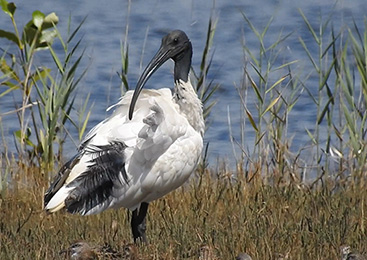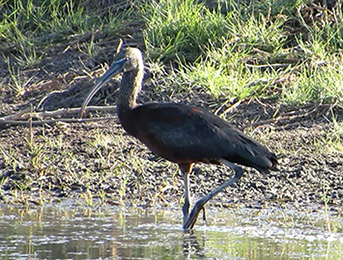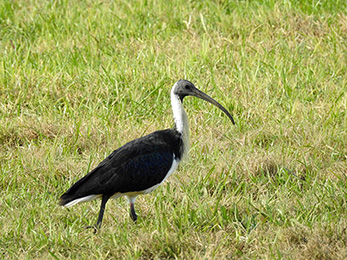IBIS
Ibises are a unique group of birds with several special features and characteristics that distinguish them.
Ibises are known for their long, slender, and curved bills, which are specialized for probing and feeding in shallow water, mud, or soft soil. Their bills are adapted for various feeding methods, including probing for insects, crustaceans, and small prey.
Many ibis species are closely associated with wetland environments, such as marshes, swamps, and estuaries. They are well-suited to these habitats due to their long legs and bills, which enable them to wade in water while foraging.
Ibises are often seen in large flocks, and they are known for their social behavior. They may nest, roost, and forage in groups, which can provide protection from predators and help with finding food more efficiently.
Migratory Behavior: Some ibis species are migratory, traveling long distances between breeding and wintering grounds. This migratory behavior is fascinating and highlights their adaptability to different environments.
Many ibis species are highly adaptable and can adjust to changing environments. For example, the Australian White Ibis has become quite adaptable to urban areas and can be seen foraging for food in cities, a behavior not typically associated with wild birds.
Ibises often have striking plumage, with some species displaying a mix of white, black, and various shades of brown. The contrast in colors can make them visually appealing.
Ibises play important roles in their ecosystems by helping control insect populations and stirring up sediment in wetlands, which can improve water quality. Some ibis species are also considered sentinel species, meaning their health and behavior can provide insights into the overall health of their habitats.
The Australian White Ibis has gained cultural significance as a symbol of urban wildlife adaptation.



